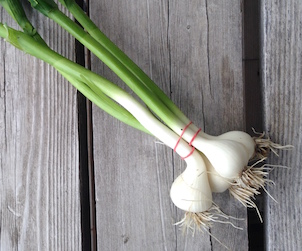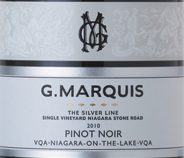Fifth Town Artisan Cheese Co, a certified Good Food Fighter
“I can’t believe the cheese so mouldy!” is the kind of comment often overheard in the aging cave during our Cheesemaker for a Day program. Participants range from all-the-way cheese nerds to your run-of-the-mill birthday gift recipient. Their level of familiarity with the end product doesn’t seem to change the response. It’s a bit of a shock to see that much unpackaged cheese, growing that much mould, all in one place. By the time our Cheesemakers for a Day leave the factory, they’re mostly exhausted, always happy, and a little more mould-curious than when they first arrived.
Mould curiosity is one of the 10 sure signs of cheese nerd-ery. However, these people are still a rare breed in Ontario. Even though it’s an essential skill for cheese appreciation, akin to the swirl, sniff and swish of wine tasting, generations of sanitized North Americans are still squeamish about any ingestible that appears less than immaculate.
Mould has made some gentle in-roads via those delicately veined blue cheeses and pure white bloomy rind camembert’s, but that’s a far cry from the stinky, sticky, oozey cheeses with more colours on their rind than you can shake a stick at. Not surprisingly, mould misconceptions can leave the fledgling artisan cheese lover with cold feet.
So how do you know where to start exploring the world or mould while staying safe? Lucky for you, we’ve put together some basic tips to get you started.
The very basics:
- If a cheese has a rind, and if that rind is edible, it’s made of mould.
- Mould is essential to the flavour of many soft, hard, and semi-hard cheeses.
- Mould can be any number of healthy happy colours, but if your cheese is growing black mould, we don’t recommend eat it unless you know that to be a characteristic of the cheese.
- Bring your nose to the game. Good cheese can smell strong, pungent, or even unpleasant, but it shouldn’t smell rancid. When in doubt, use the best before date as a guide.
Hard and Semi-Hard Cheeses:
Hard cheese are aged for long periods of time and, unless coated in wax or vacuum sealed, develop a mould rind around them that shapes the flavour of the cheese. Mould on hard and semi-hard cheeses often becomes quite thick while they are aging and is brushed off right before packaging. Depending on how long you store your cheese, you can expect it to start growing mould again. If you’re not psyched on the particular mould your cheese is growing (a function of the mould already present on the rind and in your fridge) you can simply cut it off. By the time you purchase it, hard cheese is dense enough for undesirable moulds to remain in the surface of the cheese without penetrating the paste.
Soft and Fresh Cheeses:
Fresh cheeses should not have any mould on them, but soft cheeses may. Many cheese connoisseurs consider the best before date on a soft cheese to indicate the date it’s flavours are most mature (and yummy). This means that a mouldy, oozey soft cheese might actually be at its prime. Keep in mind that, unlike hard cheese, the moisture content and density of both fresh and soft cheeses allows for bacteria to penetrate through quite quickly, so approach any best before experimentation with caution.
Fifth Town Artisan Cheese is located at 4309 County Road 8 in Picton Ontario
613 476 5755
www.fifthtown.ca









